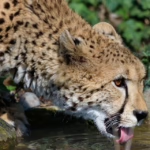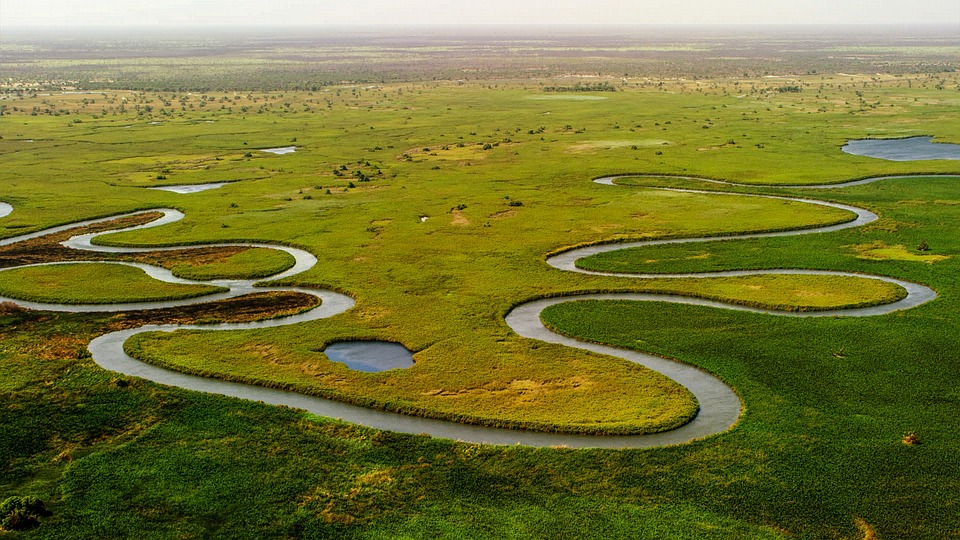Mechatronics Drones: Pioneering the Next Generation of Aerial Exploration
Introduction
In recent years, advancements in technology have transformed the landscape of aerial exploration, with mechatronics drones at the forefront of this revolution. Combining mechanical engineering, electronics, computer science, and control engineering, mechatronics is a discipline that enables the design and development of complex systems such as drones. These aerial vehicles have applications that span various fields, from agriculture to disaster management, making them essential tools for the future. This article delves into the world of mechatronics drones, their components, applications, challenges, and the future of aerial exploration.
The Basics of Mechatronics
Definition and Components
Mechatronics is an interdisciplinary field that integrates mechanical engineering, electronics, computer science, and control theory, aiming to create intelligent systems and products. In the context of drones, mechatronics involves several key components:
-
Mechanical Systems: This includes the drone’s structure, rotor blades, and landing gear. The design needs to balance durability with weight to optimize flight performance.
-
Electronics: This encompasses the drone’s power supply, sensors, and communication systems. Electronic components are crucial for controlling the drone and gathering data during flight.
-
Software: Control algorithms dictate the drone’s behavior. Programming languages and software platforms are used to develop flight control systems and navigation algorithms.
-
Control Systems: This part of mechatronics combines sensors and actuators to regulate the drone’s performance, ensuring stability and agility during flight.
Importance in Aerial Exploration
The integration of these components allows for the creation of drones that are not only capable of autonomous navigation but also equipped with advanced sensory capabilities for data collection. The ability to adapt to changing conditions and perform complex tasks autonomously is what sets mechatronics drones apart from traditional aircraft.
Applications of Mechatronics Drones
1. Agricultural Monitoring
Precision agriculture has gained significant attention in recent years, and mechatronics drones play a critical role in this field. These drones are equipped with multispectral cameras that capture high-resolution images, which can be analyzed to assess crop health, monitor water usage, and identify pest infestations. By providing real-time data, farmers can make informed decisions, optimize resource usage, and increase crop yields.
2. Disaster Management and Recovery
In disaster scenarios, time is of the essence. Mechatronics drones can be deployed quickly to assess damage, locate survivors, and deliver essential supplies. Equipped with thermal imaging cameras, these drones can identify heat signatures, locating individuals trapped under rubble or in remote areas. Their agility also allows them to navigate through hazardous environments where human rescuers cannot go.
3. Infrastructure Inspection
Drones equipped with high-resolution cameras and sensors are revolutionizing infrastructure inspection. Bridges, power lines, wind turbines, and pipelines can be monitored efficiently and safely through aerial surveys. Mechatronics drones can cover large areas in a fraction of the time it would take a human team, significantly reducing inspection costs and improving safety.
4. Environmental Monitoring
Environmental scientists use drones to monitor ecosystems, assess pollution levels, and track wildlife populations. These aerial vehicles can access remote areas, collect data on air and water quality, and contribute to conservation efforts. Mechatronics drones not only enhance data collection methods but also minimize the ecological impact of research activities.
Technical Challenges
1. Autonomous Navigation
One of the significant challenges in developing mechatronics drones is achieving reliable autonomous navigation. While GPS technology provides excellent positioning data, it can fail in obstructed environments, such as urban canyons. To overcome this, drones must employ advanced navigation systems that combine GPS with other sensors like LiDAR, ultrasonic, and cameras.
2. Battery Life and Efficiency
Battery technology is a critical aspect of drone performance. Current limitations in battery life restrict flight durations and operational ranges. Researchers are exploring various solutions, including:
- Lightweight Batteries: Innovations in battery chemistry are essential for extending flight durations without adding excessive weight.
- Hybrid Power Systems: Combining electric motors with gasoline engines can increase efficiency and extend operational range.
- Solar Power: Integrating solar panels could provide additional energy during flight but requires careful engineering to avoid adding excessive weight.
3. Data Processing and Management
Mechatronics drones generate vast amounts of data during their missions. Efficiently processing and managing this data is a significant concern. Advanced algorithms and artificial intelligence (AI) can help automate data analysis, but real-time processing remains a challenge, particularly for applications like surveillance or disaster response.
Future Prospects
1. AI Integration
The integration of AI in mechatronics drones is expected to enhance their capabilities significantly. AI algorithms can improve autonomous navigation by enabling drones to learn from their environment, adapt to changes, and perform complex tasks without human intervention. The use of machine learning can optimize data analysis, providing actionable insights faster and more accurately.
2. Collaborative Drone Networks
Future drone operations may involve the collaboration of multiple drones, working together to achieve specific tasks. This could be especially beneficial in areas like search and rescue or environmental monitoring. Collaborative networks could increase operational efficiency, reduce the time required for data collection, and enhance the overall capabilities of mechatronics drones.
3. Evolving Regulatory Environment
As mechatronics drones become more prevalent in various industries, regulatory bodies must adapt to new challenges. Future regulations will likely focus on safety, privacy, and air traffic management. Standards for drone operations, especially in urban areas, will be critical for ensuring safe integration into the national airspace.
4. New Materials and Manufacturing Techniques
Advancements in materials science and manufacturing techniques such as 3D printing can lead to lighter, more efficient, and custom-designed drones. These advancements will enhance performance and enable innovations in drone applications, making them even more useful across various industries.
Conclusion
Mechatronics drones are at the forefront of aerial exploration technology, offering unprecedented capabilities and applications. Their ability to integrate mechanical systems, electronics, and software has transformed how we approach challenges in fields like agriculture, disaster management, and environmental monitoring. While there are challenges to address, the future of mechatronics drones looks promising, with ongoing advancements in AI, collaborative systems, and regulatory considerations paving the way for a new era of aerial exploration.
References
In sum, mechatronics drones are more than a technological marvel; they represent a paradigm shift in how we perceive aerial exploration and its vast potential to impact our world positively. As these technologies evolve, they will continue to unlock new opportunities, making them invaluable agents of change in various fields.


























Add Comment